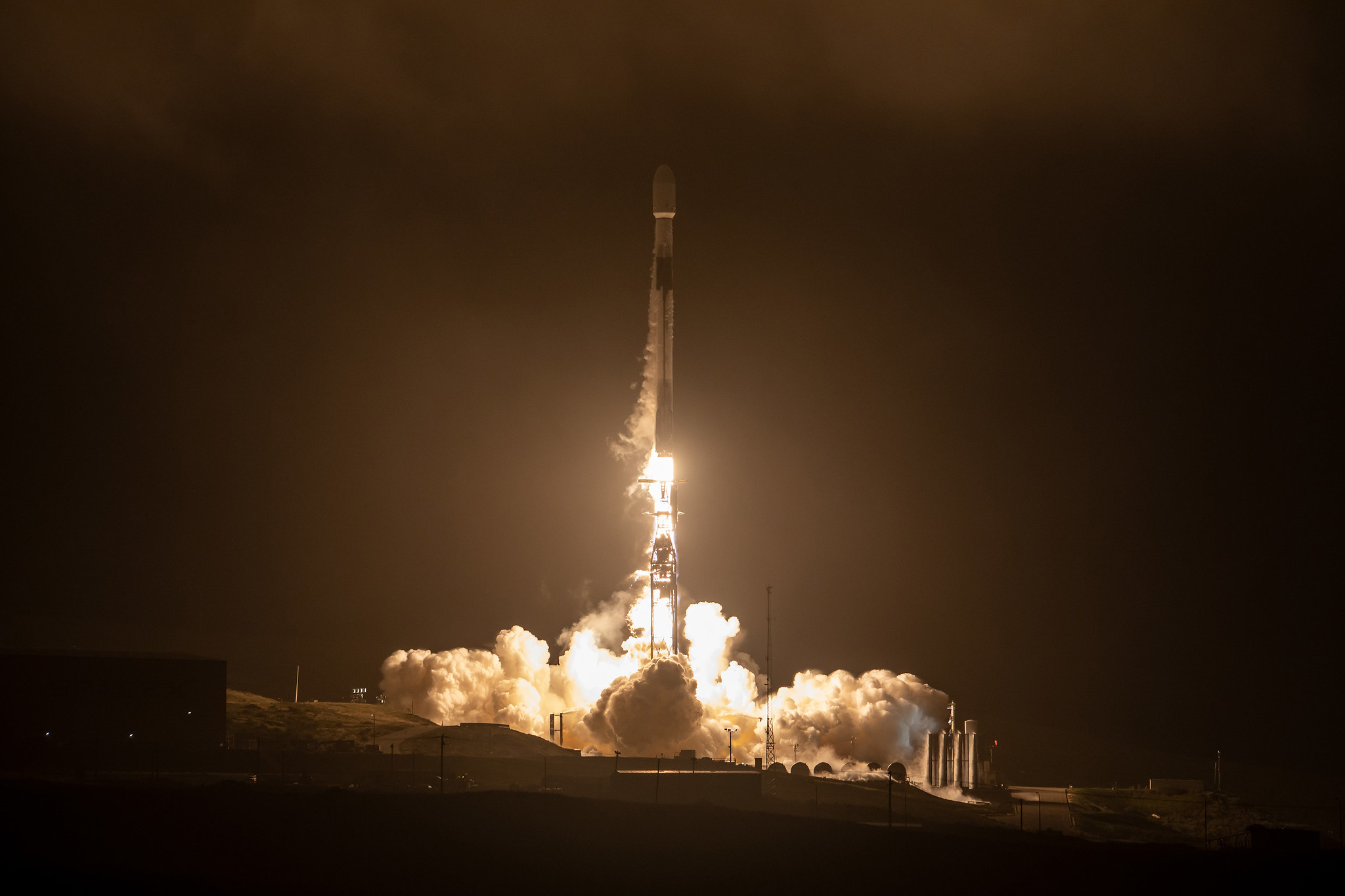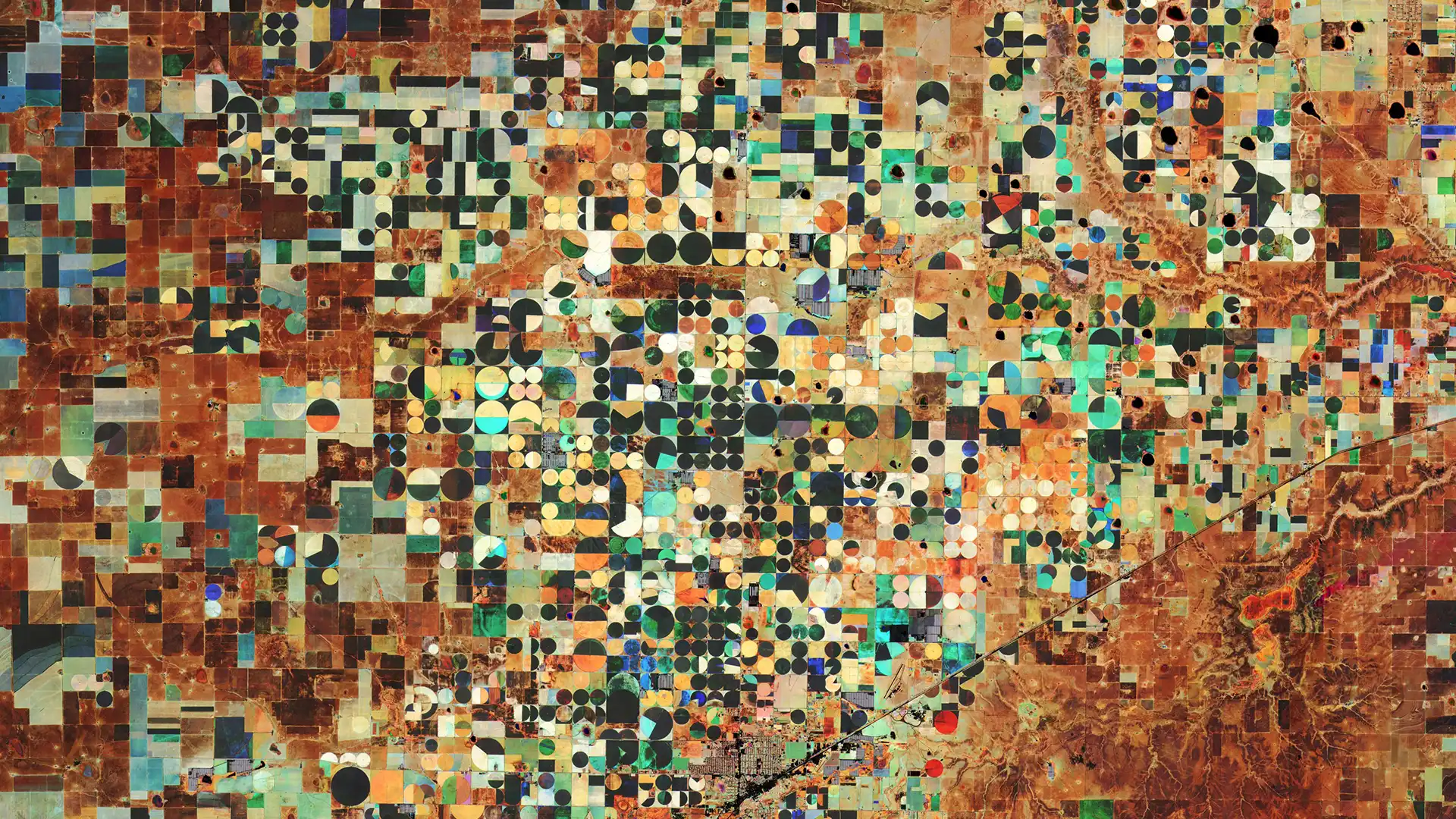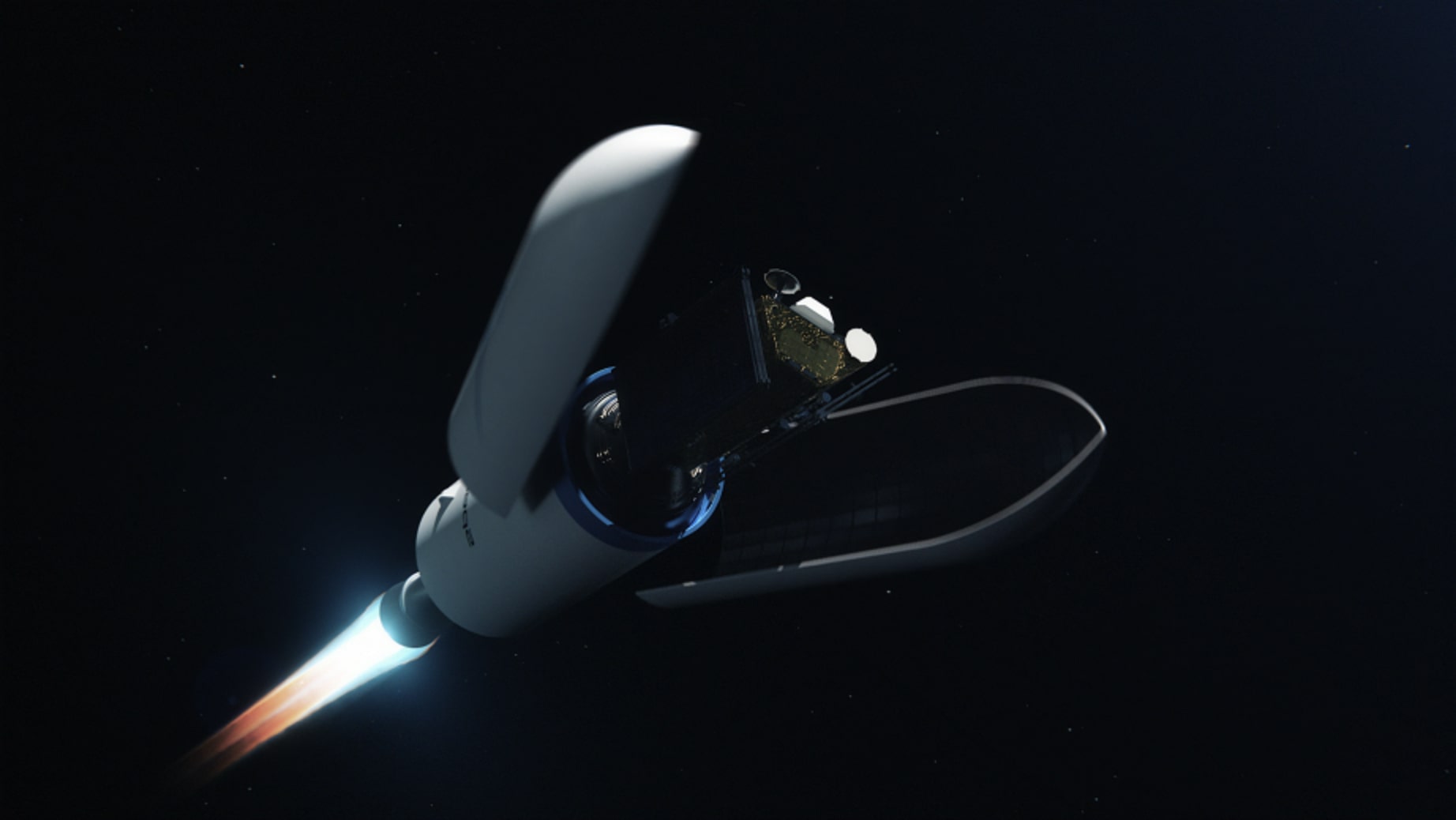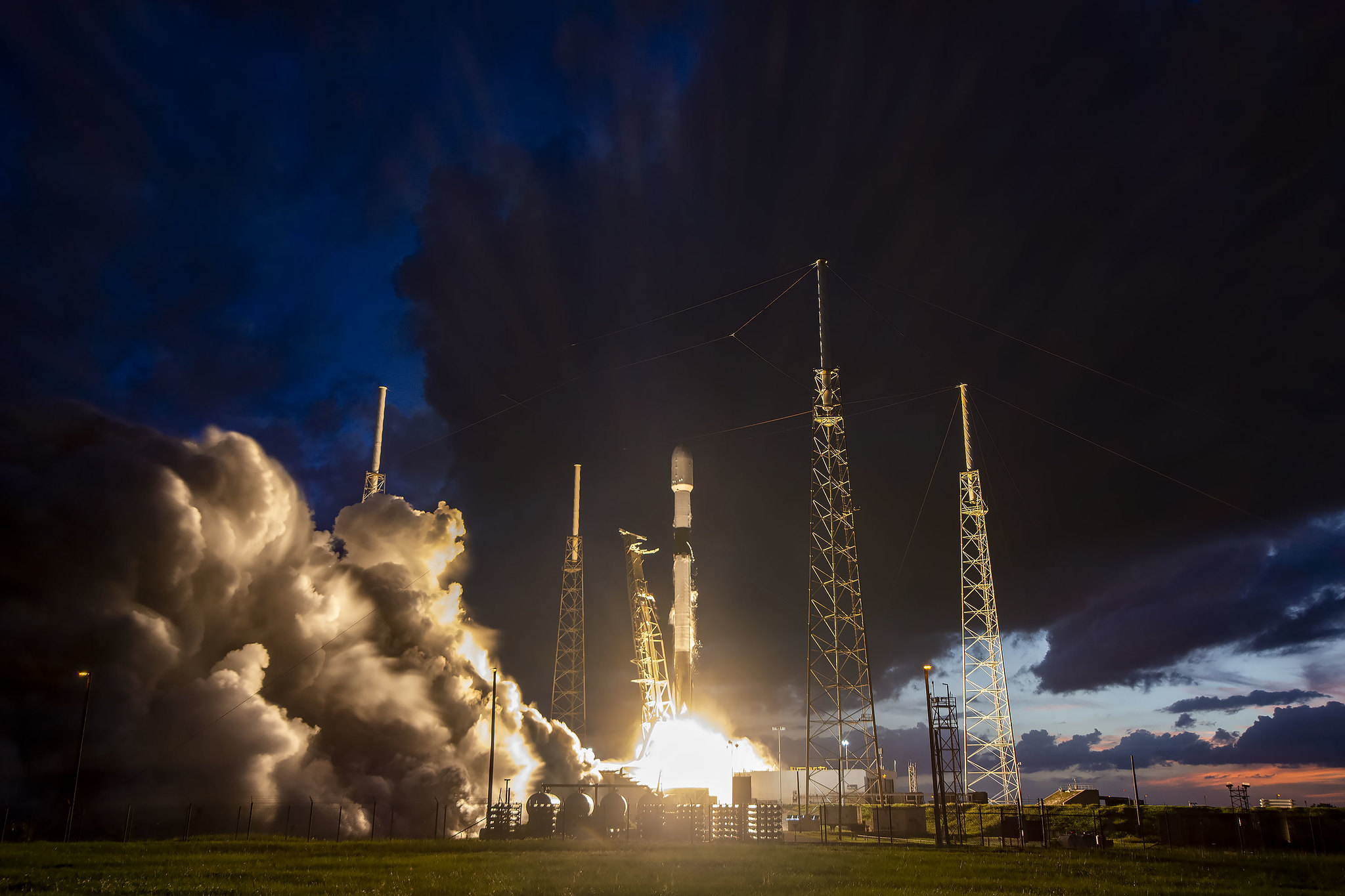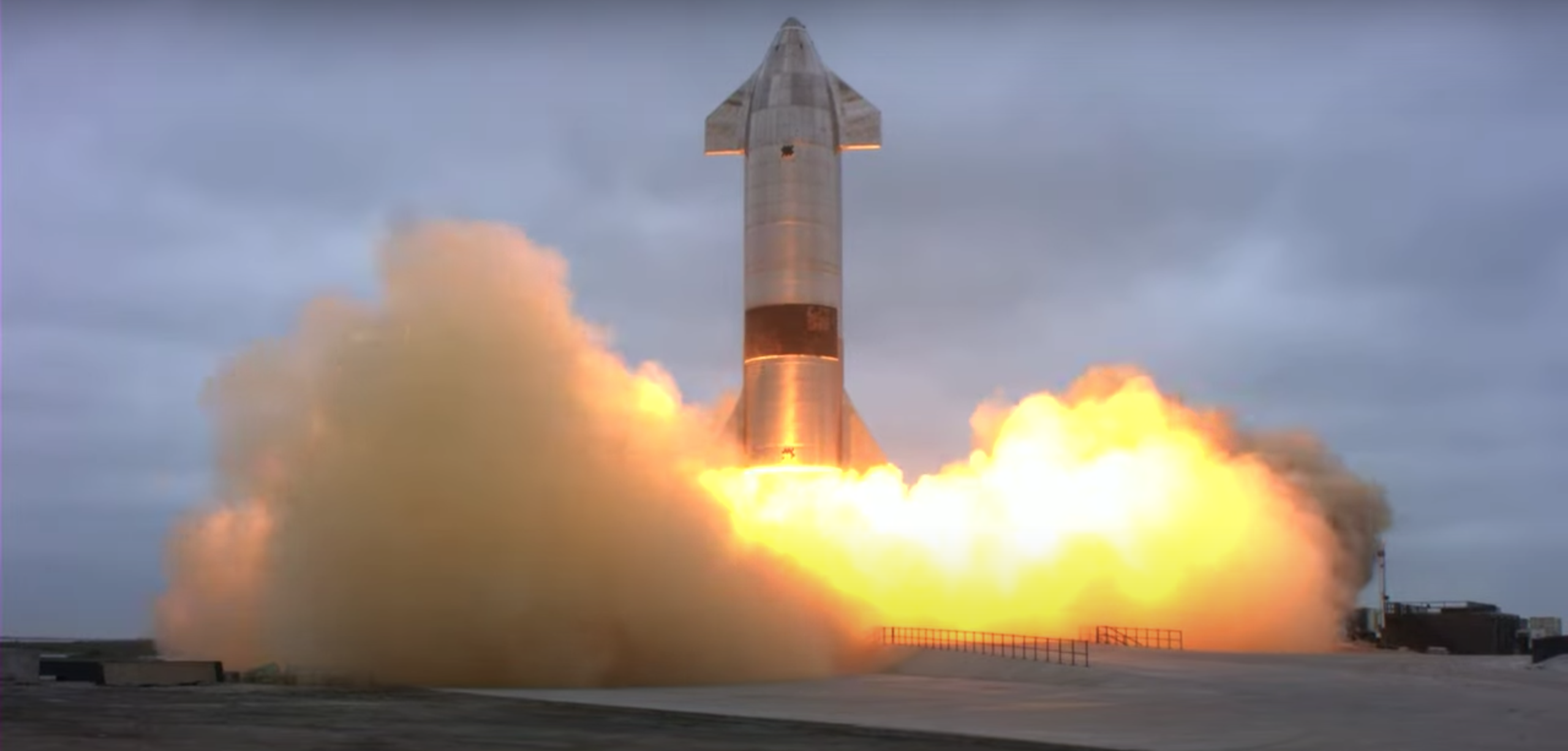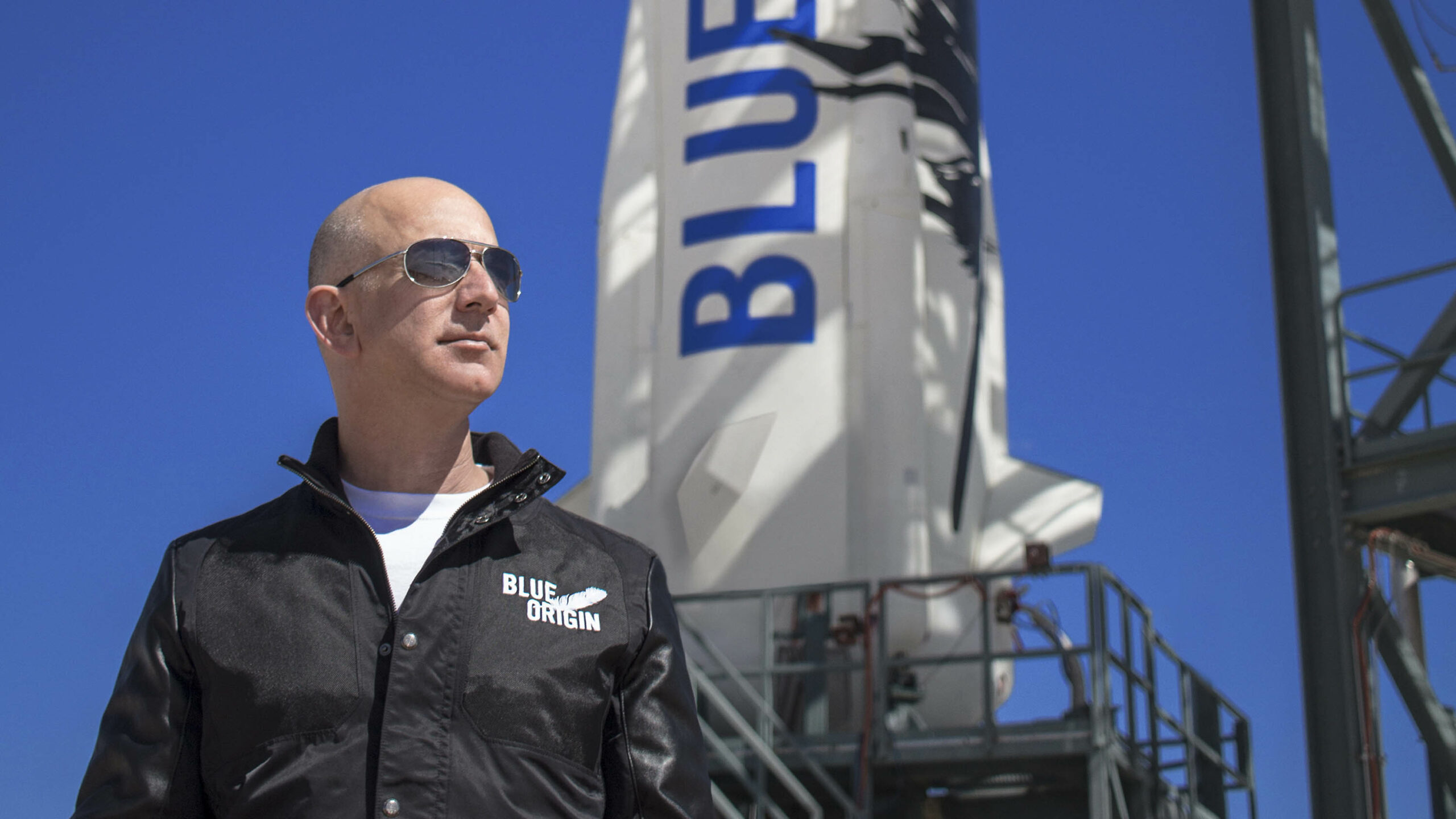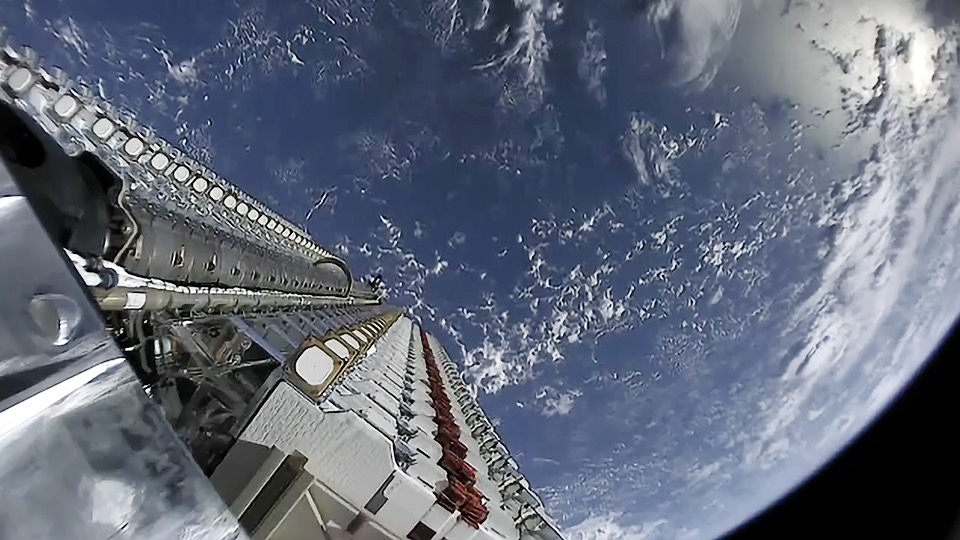
Exolaunch launches first 16U cubesat to GEO on SpaceX Falcon Heavy
Published on Tue, 02.05.2023 – 19:19 CEST in Upstream, covering ExolaunchOn April 30, 2023, a SpaceX Falcon Heavy rocket placed several satellites into geostationary orbit as part of the ViaSat-3 Americas mission. The Berlin-based NewSpace company Exolaunch ensured the successful arrival of Gravity Space's 16U Cubesat GS-1 at an altitude of about 36,000 km.
SpaceX's heavy-lift rocket was launched at 8:26 p.m. local time from Launch Complex 39A (LC-39A) at the Kennedy Space Center in Florida, USA. The primary payload was the Boeing and ViaSat-built ViaSat-3 Americas satellite, the first in a new constellation of three ultra-high capacity Ka-band satellites. Once built, the constellation is expected to provide high-speed Internet access to billions of people. Also aboard the Falcon Heavy was the Arcturus communications satellite, which will provide up to 7.5 Gbps of data throughput to Alaska and the surrounding region.
It took nearly five hours for Gravity Space's payload to reach its target orbit. GS-1 set a record with the successful release (deployment) of the last satellite of this mission. This is because the satellite, which measures only 23 × 23 × 45 cm (16U), is the first commercial cubesat in geostationary orbit. Its primary mission objective is to provide communications services for the Internet of Things (IoT). In addition, the 22 kg Cubesat GS-1 serves more or less as a transport vehicle for so-called secondary payloads.
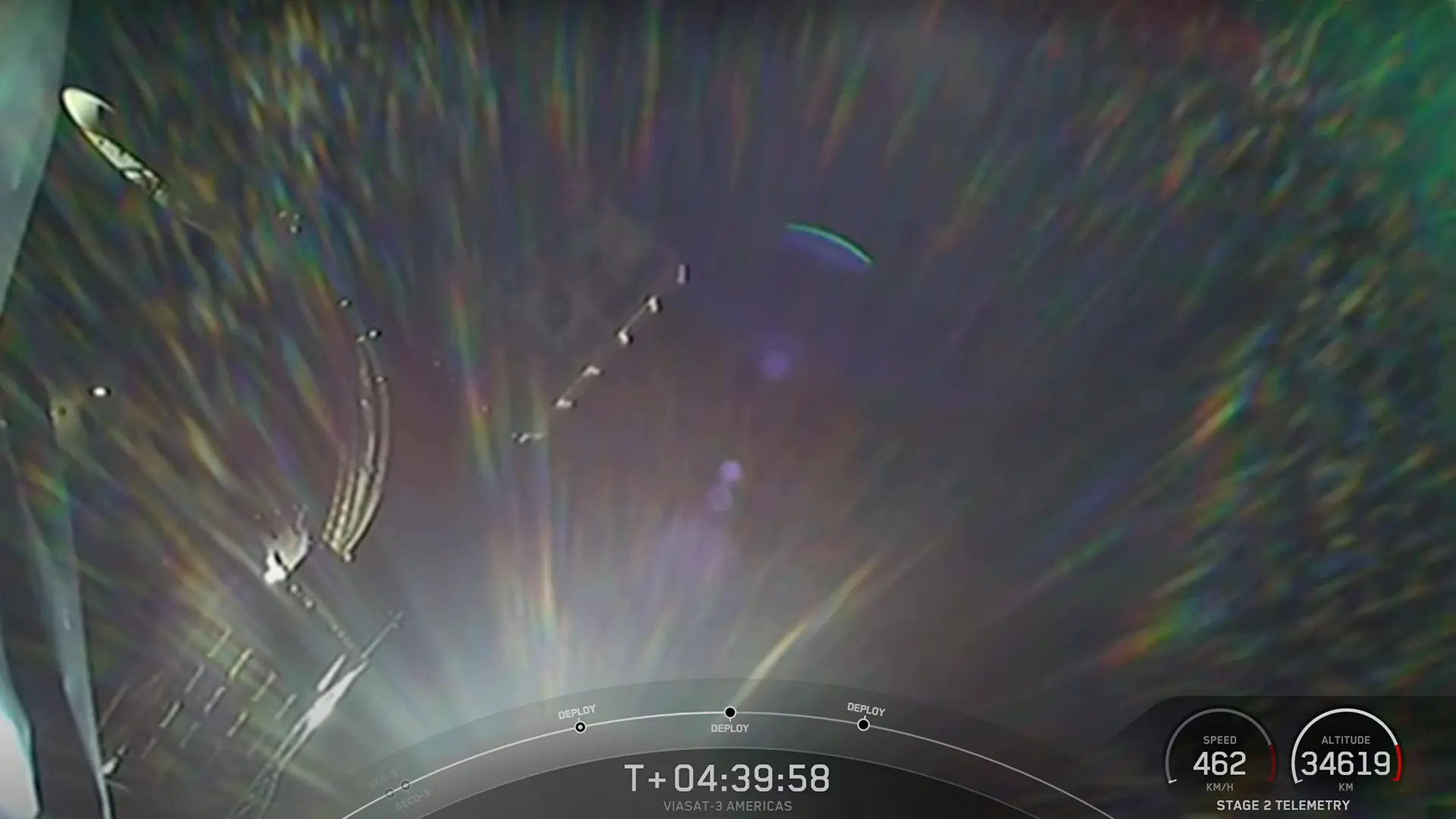
© SpaceX Livestream
Secondary payload Orbit Guard™ enables AI to see space objects
One of them is made by the French aerospace company Infinite Orbits and is called "Orbit Guard™". It is more or less a flying computer equipped with an imaging system. As such, Orbit Guard™ can see both Earth and Resident Space Objects (RSOs). But the highlight is its computer vision capabilities. This is an area of artificial intelligence (AI) that enables computers and systems to derive meaningful information from digital images, video, and other visual inputs. This information can then be used to take action or make recommendations. Figuratively speaking, AI enables computers to think, while computer vision enables them to see, observe, and understand. Using machine learning, Infinite Orbits aims to open a new chapter in the field of Space Situational Awareness (SSA). The long-term goal is to enable in-orbit inspection and SSA.
Also based on next-generation computer vision is Endurance™: an autonomous, image-based guidance, navigation and control system for rendezvous in space. This "Autonomous Vision-based Rendezvous GNC System" is scheduled to debut in 2026 and is designed for life extension and orbit transfer services. In the coming months, Orbit Guard™ is scheduled to conduct several demonstration missions. These will include docking tests. Orbit Guard 2 is scheduled for launch in January 2024, followed by another in 2025.
Secondary payload Nusantara H-1A temporarily occupies orbital slot
The second secondary payload originates from Indonesia and is used to retain Ka- and Ku-band rights to a geostationary orbital slot. The so-called orbital slot reservation became necessary because the launch of the actual communications satellite was delayed. Since the rights to the acquired frequencies would be lost if not used, a placeholder satellite is now being used. Nusantara H-1A will operate the frequencies for a period of three months. This "bring-into-use" (BIU) process also extends the period to bring an operational satellite into service.
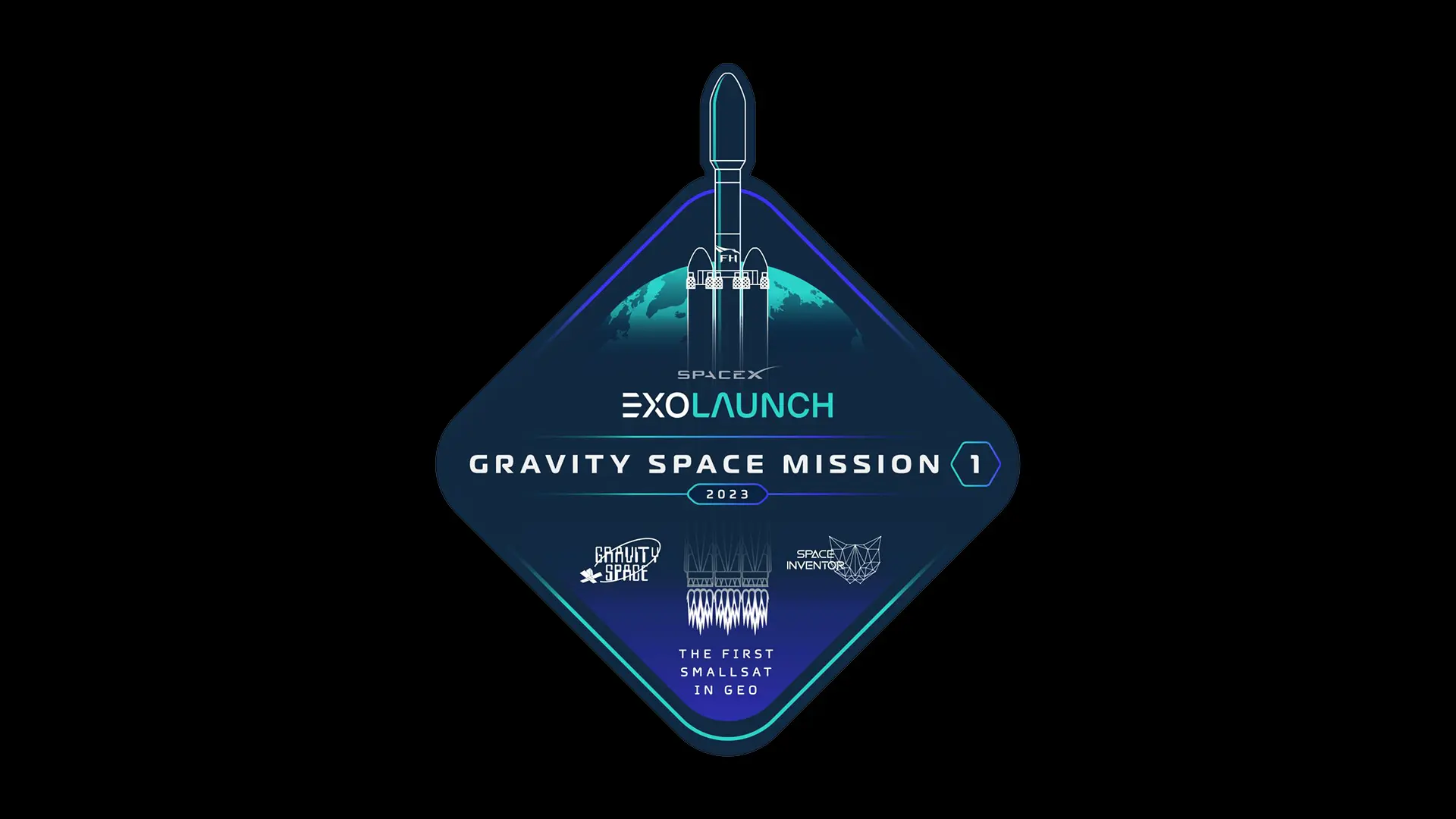
© Exolaunch
EXOpod from Exolaunch now also qualified for GEO missions
With the successful release of GS-1, Exolaunch has reached another milestone. The EXOpod cubesat deployer has now been used to launch a total of 203 small satellites in 16 missions. As part of SpaceX's ViaSat-3 Americas mission, the EXOpod deployer was used for the first time on a Falcon Heavy and for the first time in geostationary orbit. Also breaking records are the boosters SpaceX is using to give the Falcon Heavy extra thrust. According to the company, one of the side boosters on this mission previously flew Arabsat-6A, STP-2, COSMO-SkyMed Second Generation FM2, KPLO and three Starlink missions. The second booster previously supported Arabsat-6A and STP-2 launches.

© Exolaunch
Relive: SpaceX Falcon Heavy Launch ViaSat-3 Americas
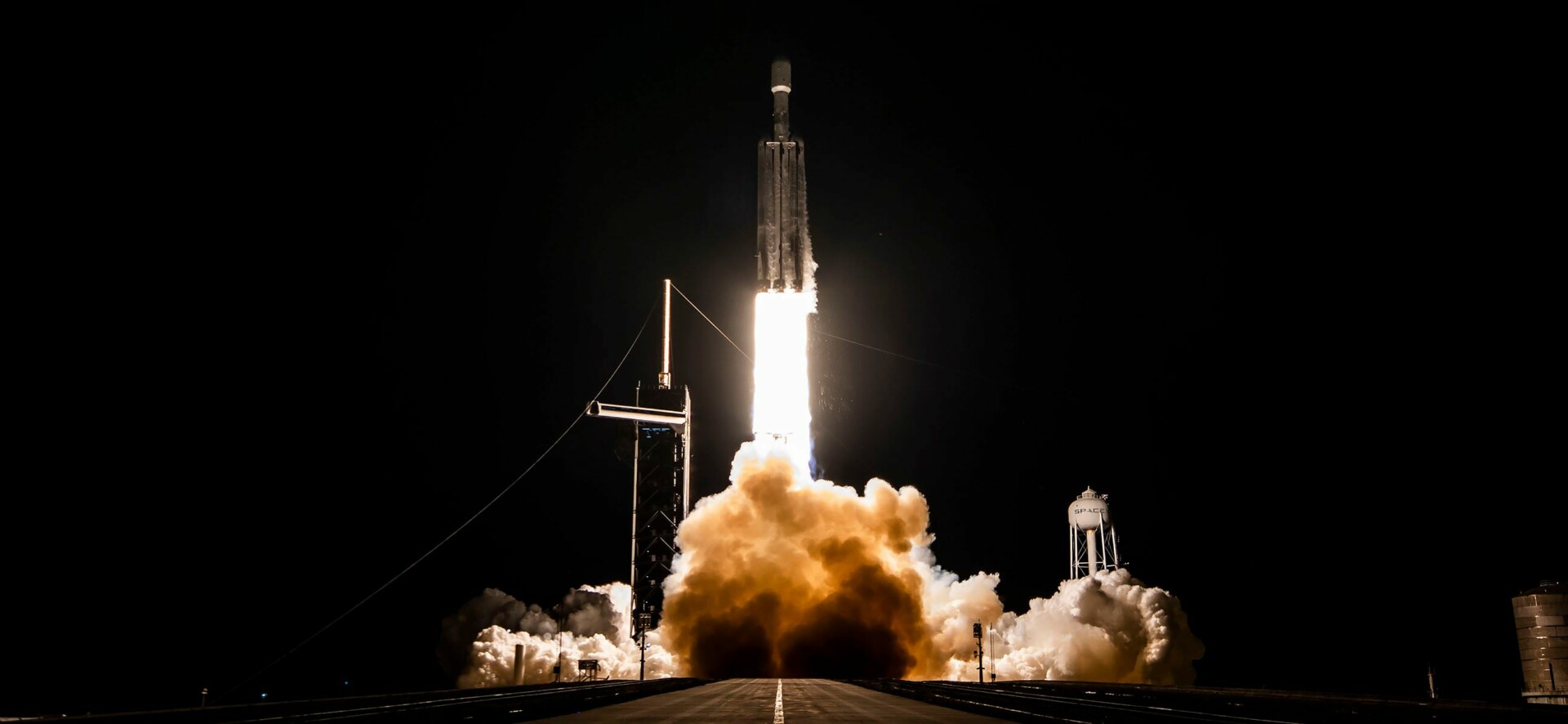
© SpaceX

